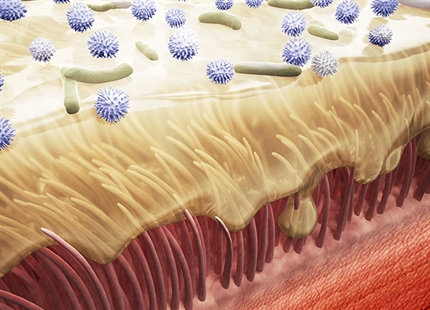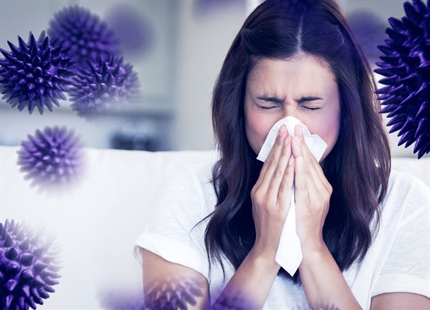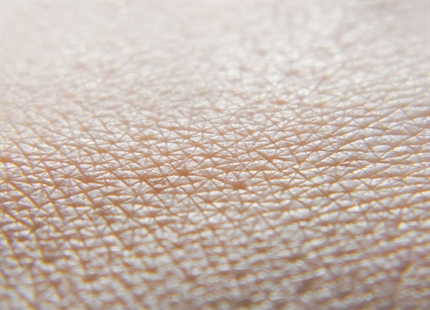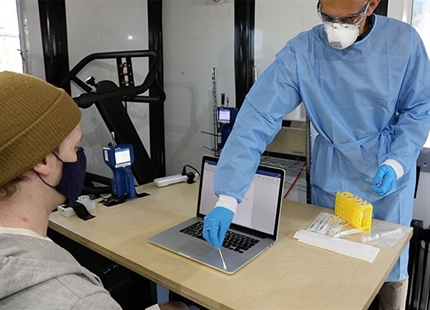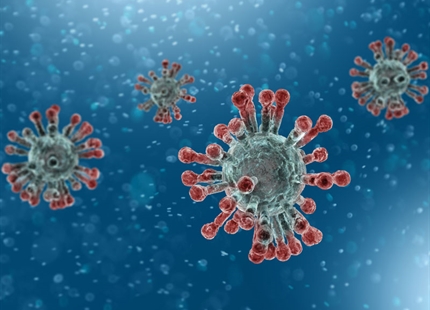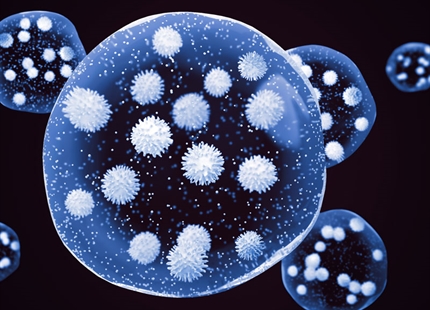Published: Feb 2010 | PLoS Biol 8(2): e1000316. doi:10.1371/journal.pbio.1000316
Absolute humidity and the seasonal onset of influenza in the continental United States
Shaman J et al.
Abstract
Influenza A incidence peak during winter in temperate regions. The cause of seasonality in influenza transmission is of interest for public health and basic science but not well understood.
Studies indicate that relative humidity (RH) affects both influenza virus transmission (IVT) and influenza virus survival (IVS). The authors reanalyzed this data to explore the relationship between outdoor absolute humidity (AH) and IVT and IVS. They note that absolute humidity (AH) affects both transmission efficiency and IVS more significantly than RH.
“In temperate regions, both outdoor and indoor AH possess a strong seasonal cycle that minimizes in winter. This seasonal cycle is consistent with a wintertime increase in IVS and IVT and may explain the seasonality of influenza”.
By considering the daily negative deviation of AH from the multiyear daily average in US States, the authors modeled the excess “Pneumonia and Influenza” rate (P&I) by using a classical SIRS model (Susceptible - Infected - Resistant - Re-Susceptible). Negative deviations could typically be observed in the 4 weeks prior to the onset of influenza epidemics. The simulation of yearly curves for mean daily excess of P&I mortality fitted well with the observed statistical data.
Authors suggest that with negative deviation data of outdoor AH, short-term probabilistic forecasts of epidemic influenza could be developed.
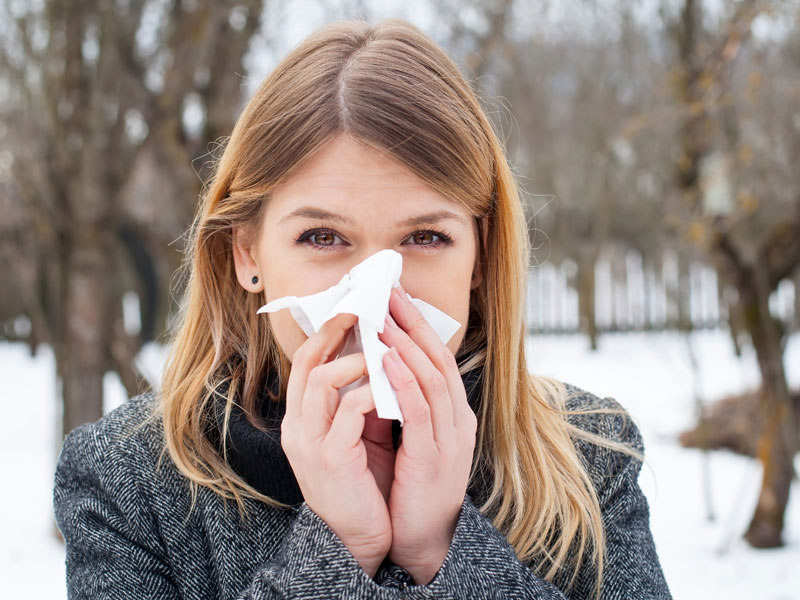
Dry air and our airway defence system
Low humidity dries our mucous membranes and inhibits our body's natural defence against airborne germs, viruses and bacteria.
Read moreDry air and airborne infection
Low humidity acts as a conduit for viruses and airborne bacteria to disperse and travel around a building and threaten all occupants.
Read moreDry air and our skin
Low humidity dries the outer layer of our skin leading to itchiness, cracking and dermatological problems.
Read moreDry air and our eyes
Low humidity dries our eyes' precorneal tear film making us prone to eye irritations and contact lens discomfort.
Read more